微服務系列之 Consul 註冊中心
阿新 • • 發佈:2020-03-20
原文連結:`https://mrhelloworld.com/posts/spring/spring-cloud/consul-service-registry/`
Netflix Eureka 2.X https://github.com/Netflix/eureka/wiki 官方宣告停止開發,但其實對國內的使用者影響甚小,一方面國內大都使用的是 Eureka 1.X 系列,並且官方也在積極維護 1.X https://github.com/Netflix/eureka/releases。 > The existing open source work on eureka 2.0 is discontinued. The code base and artifacts that were released as part of the existing repository of work on the 2.x branch is considered use at your own risk. > > Eureka 1.x is a core part of Netflix's service discovery system and is still an active project. 翻譯: > 有關 eureka 2.0 的現有開源工作已停止。在 2.x 分支上作為現有工作資料庫的一部分發布的程式碼庫和工件被視為使用後果自負。 > > Eureka 1.x 是 Netflix 服務發現系統的核心部分,仍然是一個活躍的專案。 > 雖然 Eureka,Hystrix 等不再繼續開發或維護,但是目前來說不影響使用,不管怎麼說感謝開源,向 Netflix 公司的開源致敬。 另一方面 Spring Cloud 支援很多服務發現的軟體,Eureka 只是其中之一,比如我們今天要講的主角 `Consul`。下面是 Spring Cloud 支援的服務發現軟體以及特性對比。 ## 常見的註冊中心 - Netflix Eureka - Alibaba Nacos - HashiCorp Consul - Apache ZooKeeper - CoreOS Etcd - CNCF CoreDNS | 特性 | Eureka | Nacos | Consul | Zookeeper | | :-------------- | :---------- | :------------------------- | :---------------- | :--------- | | CAP | AP | CP + AP | CP | CP | | 健康檢查 | Client Beat | TCP/HTTP/MYSQL/Client Beat | TCP/HTTP/gRPC/Cmd | Keep Alive | | 雪崩保護 | 有 | 有 | 無 | 無 | | 自動登出例項 | 支援 | 支援 | 不支援 | 支援 | | 訪問協議 | HTTP | HTTP/DNS | HTTP/DNS | TCP | | 監聽支援 | 支援 | 支援 | 支援 | 支援 | | 多資料中心 | 支援 | 支援 | 支援 | 不支援 | | 跨註冊中心同步 | 不支援 | 支援 | 支援 | 不支援 | | SpringCloud整合 | 支援 | 支援 | 支援 | 支援 | ## Consul 介紹 Consul 是 HashiCorp 公司推出的開源工具,用於實現分散式系統的服務發現與配置。與其它分散式服務註冊與發現的方案,Consul 的方案更“一站式”,內建了服務註冊與發現框架、分佈一致性協議實現、健康檢查、Key/Value 儲存、多資料中心方案,不再需要依賴其它工具(比如 ZooKeeper 等),使用起來也較為簡單。 Consul 使用 Go 語言編寫,因此具有天然可移植性(支援Linux、Windows 和 Mac OS);安裝包僅包含一個可執行檔案,方便部署,與 Docker 等輕量級容器可無縫配合。 ## Consul 特性 - Raft 演算法 - 服務發現 - 健康檢查 - Key/Value 儲存 - 多資料中心 - 支援 http 和 dns 協議介面 - 官方提供 web 管理介面 ## Consul 角色 - client:客戶端,無狀態,將 HTTP 和 DNS 介面請求轉發給區域網內的服務端叢集。 - server:服務端,儲存配置資訊,高可用叢集,每個資料中心的 server 數量推薦為 3 個或者 5 個。 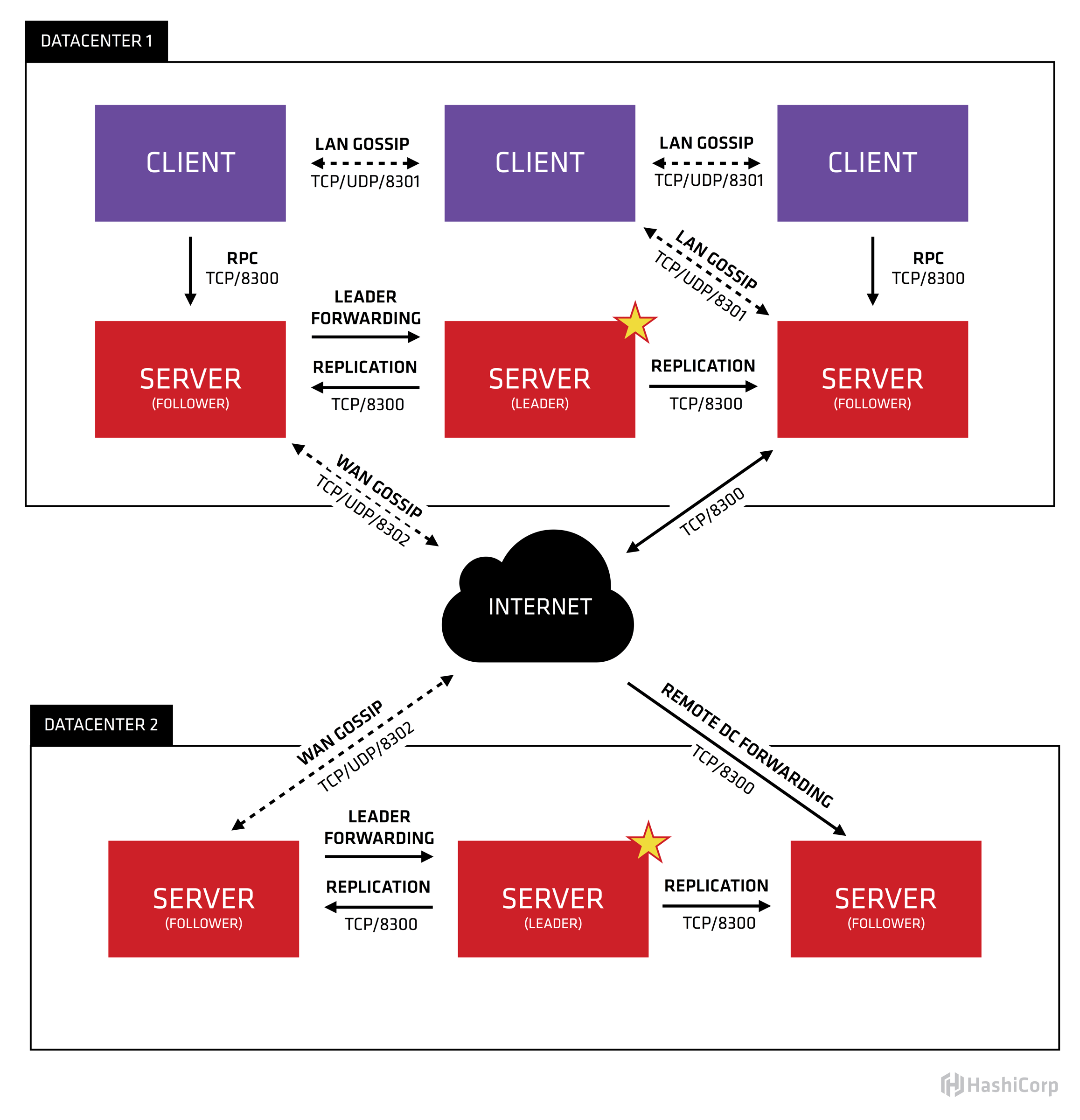 首先,圖中有兩個資料中心,分別為 Datacenter1 和 Datacenter2 。Consul 非常好的支援多個數據中心,每個資料中心內,有客戶端和伺服器端,伺服器一般為 3~5 個,這樣可以在穩定和效能上達到平衡,因為更多的機器會使資料同步很慢。不過客戶端是沒有限制的,可以有成千上萬個。 資料中心內的所有節點都會加入到 Gossip (流言)協議。這就意味著有一個 Gossip 池,其中包含這個資料中心所有的節點。客戶端不需要去配置伺服器地址資訊,發現服務工作會自動完成。檢測故障節點的工作不是放在伺服器端,而是分散式的;這使得失敗檢測相對於本地化的心跳機制而言,更具可拓展性。在選擇 leader 這種重要的事情發生的時候,資料中心被用作訊息層來做訊息廣播。 每個資料中心內的伺服器都是單個 Raft 中節點集的一部分。這意味著他們一起工作,選擇一個單一的領導者——一個具有額外職責的選定的伺服器。leader 負責處理所有查詢和事物。事物也必須作為同步協議的一部分複製到節點集中的所有節點。由於這個要求,當非 leader 伺服器接收到 RPC 請求時,就會將請求其轉發給叢集 leader。 伺服器端節點同時也作為 WAN Gossip 池的一部分,WAN 池和 LAN 池不同的是,它針對網路高延遲做了優化,而且只包含其他Consul 伺服器的節點。這個池的目的是允許資料中心以最少的消耗方式發現對方。啟動新的資料中心與加入現有的 WAN Gossip 一樣簡單。因為這些伺服器都在這個池中執行,它還支援跨資料中心請求。當伺服器收到對不同資料中心的請求時,它會將其轉發到正確資料中心中的隨機伺服器。那個伺服器可能會轉發給本地的 leader。 這樣會使資料中心的耦合非常低。但是由於故障檢測,連線快取和複用,跨資料中心請求相對快速可靠。 總的來說,資料不會在不同的資料中心之間做複製備份。當收到一個請求處於別的資料中心的資源時,本地的 Consul 伺服器會發一個 RPC 請求到遠端的 Consul 伺服器,然後返回結果。如果遠端資料中心處於不可用狀態,那麼這麼資源也會不可用,但這不影響本地的資料中心。在一些特殊的情況下,有限的資料集會被跨資料中心複製備份,比如說 Consul 內建的 ACL 複製能力,或者像 consul-replicate 這樣的外部工具。 ## Consul 工作原理  ### 服務發現以及註冊 當服務 Producer 啟動時,會將自己的 Ip/host 等資訊通過傳送請求告知 Consul,Consul 接收到 Producer 的註冊資訊後,每隔 10s(預設)會向 Producer 傳送一個健康檢查的請求,檢驗 Producer 是否健康。 ### 服務呼叫 當 Consumer 請求 Product 時,會先從 Consul 中拿到儲存 Product 服務的 IP 和 Port 的臨時表(temp table),從temp table 表中任選一個· Producer 的 IP 和 Port, 然後根據這個 IP 和 Port,傳送訪問請求;temp table 表只包含通過了健康檢查的 Producer 資訊,並且每隔 10s(預設)更新。 ## Consul 安裝 Eureka 其實就是個 Servlet 程式,跑在 Servlet 容器中;Consul 則是用 go 語言編寫的第三方工具需要單獨安裝使用。 ### 下載 訪問 Consul 官網:https://www.consul.io 下載 Consul 的最新版本。 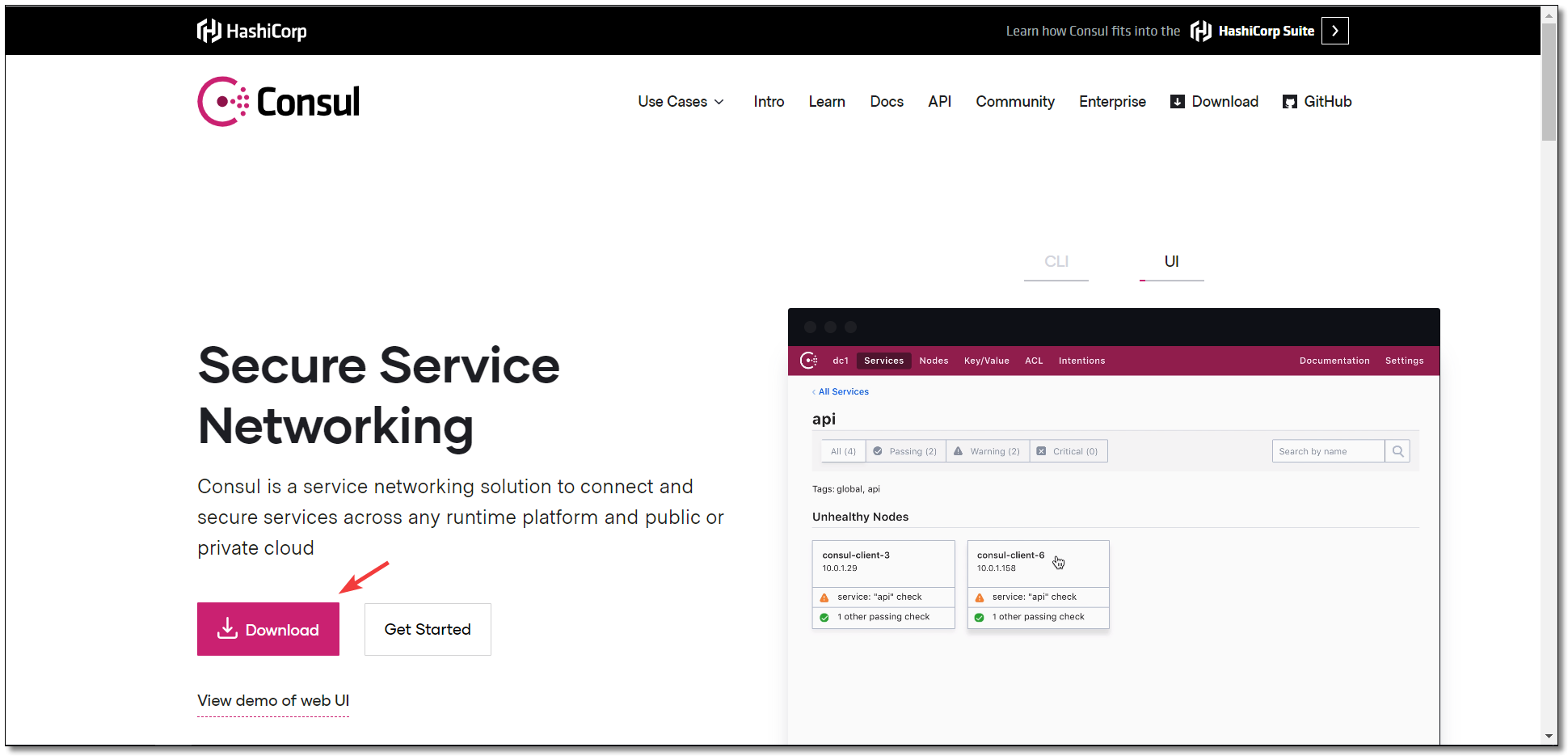 支援多種環境安裝,截圖中只顯示了部分環境。  ### 安裝 為了讓大家學習到不同環境的安裝,單節點我們在 Windows 安裝,叢集環境在 Linux 安裝。 #### 單節點 壓縮包中就只有一個 `consul.exe` 的執行檔案。  cd 到對應的目錄下,使用 cmd 啟動 Consul ``` # -dev表示開發模式執行,另外還有 -server 表示服務模式執行 consul agent -dev -client=0.0.0.0 ``` 為了方便啟動,也可以在 consul.exe 同級目錄下建立一個指令碼來啟動,指令碼內容如下: ```shell consul agent -dev -client=0.0.0.0 pause ``` 訪問管理後臺:http://localhost:8500/ 看到下圖意味著我們的 Consul 服務啟動成功了。 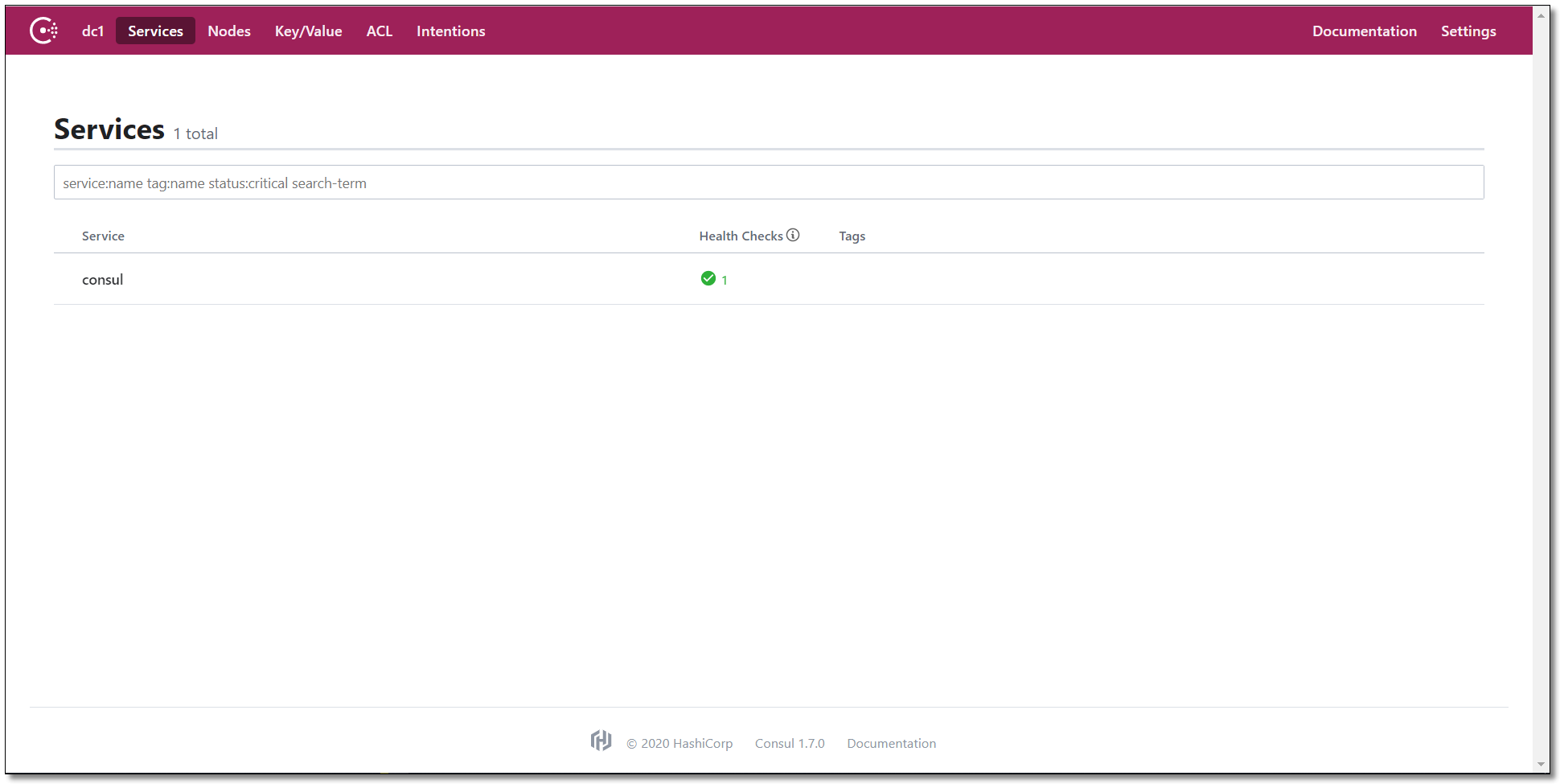 ## Consul 入門案例 ### 建立專案 我們建立聚合專案來講解 Consul,首先建立一個 pom 父工程。 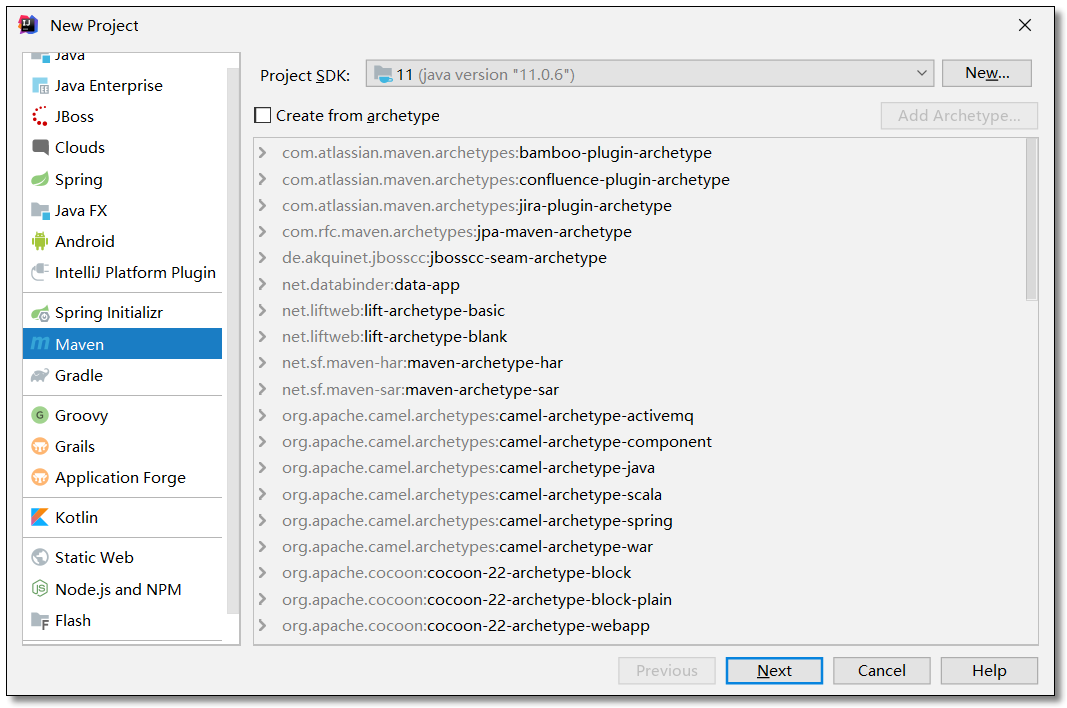 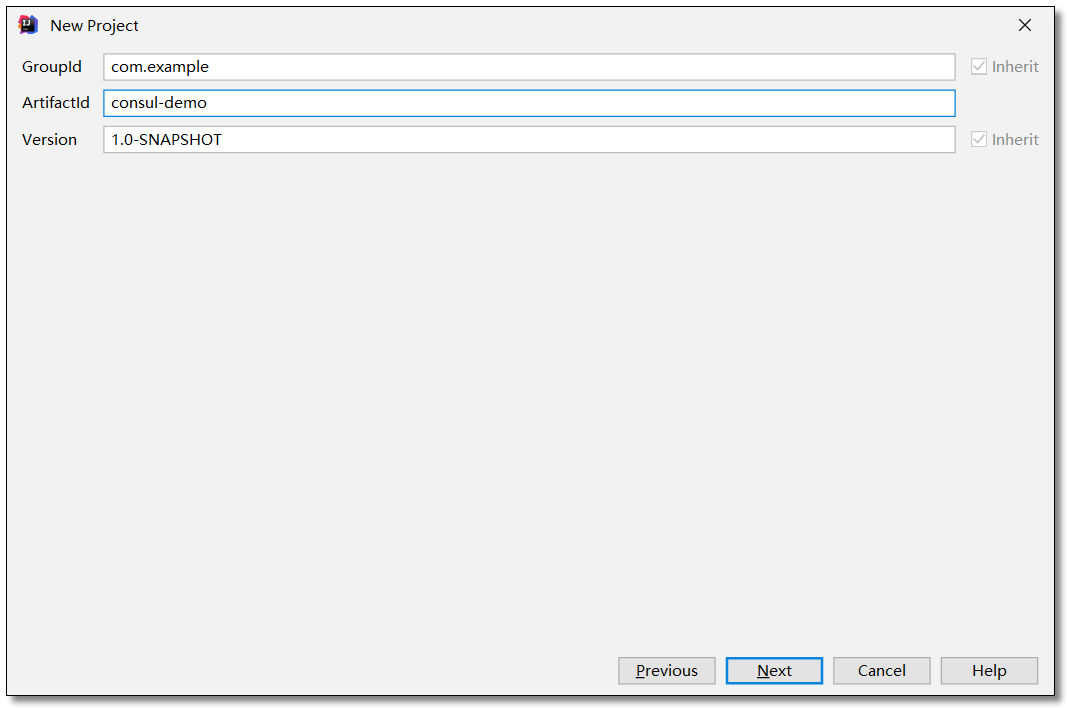 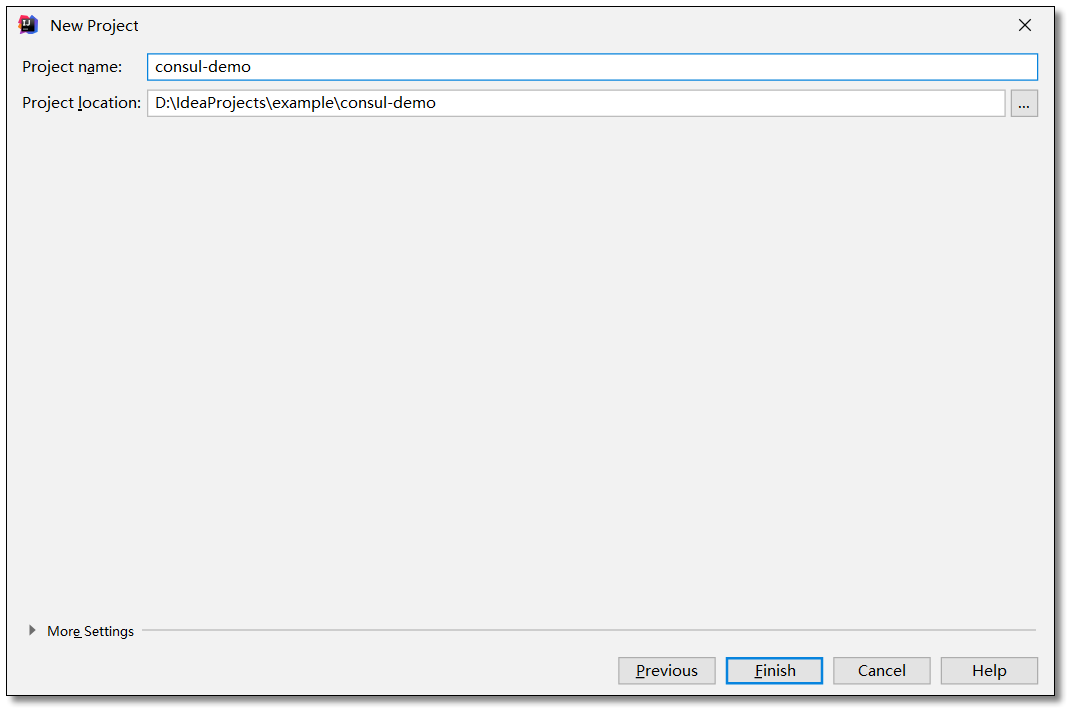 ### 新增依賴 pom.xml ```xml
